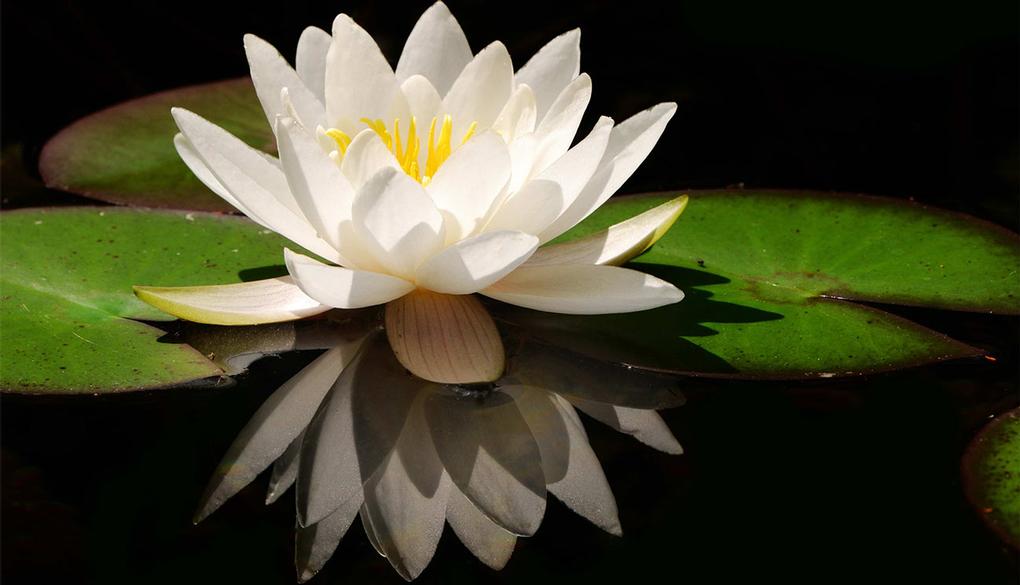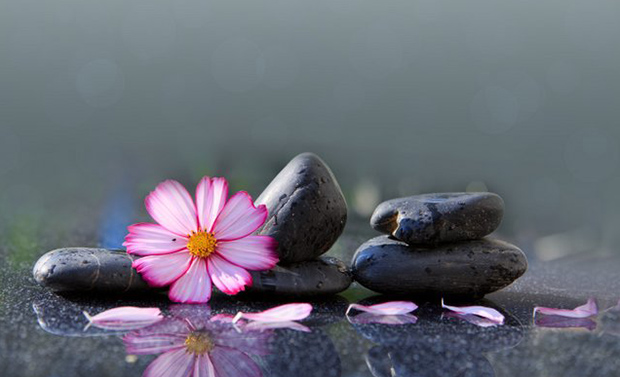
Meditation toolbox
Toolbox for everyone, anytime, anywhere
I designed this ‘Meditation Toolbox’ for a hospice website, as a ‘go-to’ toolbox for difficult times. The meditations can be drawn on at times when our emotions, thoughts or physical sensations may feel particularly distressing, painful, or overwhelming, as well as ‘at the start of the day’, or any other time. The collection of meditations are suited to regular meditators and to those with no previous meditation experience. None of the meditations are original : many are based on Buddhist practices, and some are devised by contemporary practitioners ( RAIN practice - Tara Brach; Self compassion break - Kristin Neff). All are recorded by myself.







